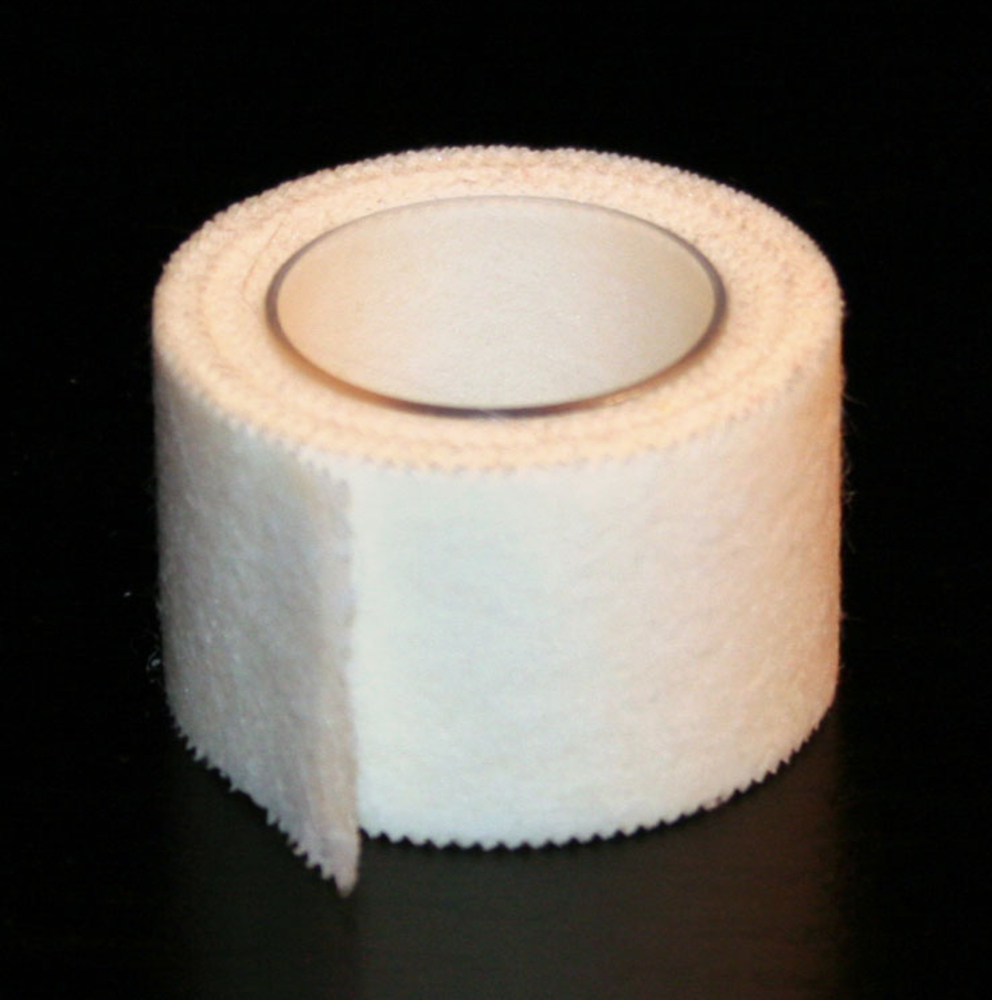Medical tape that sticks strongly but peels off with less force than it takes to tear tissue paper has been invented by scientists in America.
Medical adhesives cause millions of injuries each year, often when used on frail elderly skin, or on tender newborns and premature babies. This happens because the present generation of medical tapes consist of a strong backing, usually made of PET, applied to an adhesive. And because it takes more force to pull the tape off than it takes to physically tear skin, the result is frequently trauma and even scarring.
 Now scientists at Harvard medical school has found a way to produce a "quick release" form of tape that is extremely strong but can even be peeled away from delicate origami paper without ripping it.
Now scientists at Harvard medical school has found a way to produce a "quick release" form of tape that is extremely strong but can even be peeled away from delicate origami paper without ripping it.
Michael Karp and his colleagues, writing in PNAS, have hit upon the idea of introducing a non-stick silicon polymer "release layer", which is sandwiched inside the tape between the adhesive and the backing. This is designed to break when minimal upward force is applied, allowing the backing and the glue to separate. The adhesive remains temporarily stuck to the skin after removal of the tape, but without the backing to spread the load it can readily be rubbed away with a little talcum powder.
The key to making the idea work was to use a laser to cut a grid pattern into the silicone release layer. This allows sufficient contact between the adhesive and the PET backing for the tape to work stably and resist forces at the skin surface, meaning that medical instrumentation and dressings are firmly held, but tugging upwards on the backing breaks its weak association with the adhesive and the two part company. And because the new tape is largely made of all the same materials routinely employed in medical tapes, and the laser technique is standard practice, scaling up production and introducing the new material clinically should be simple.
- Previous Three-parent embryos created
- Next Window on Cancer Spread









Comments
Add a comment